
























11 cities around the world that may run out of water
- Cape Town has been in the news for a relentless drought that's been hitting the South African city. The doomed 'Day Zero' has been postponed to June 4, but Cape Town is not the only city in danger when it comes to water shortages. According to the BBC, a 2014 study on the 500 biggest cities in the world showed that one in each four was 'in a situation of water stress.'
Click here to learn more!
© Reuters
0 / 25 Fotos
Cape Town (South Africa) - With the postponing of 'Day Zero,' water consumption must be even more reduced now in Cape Town. The daily limit per person was around 87 liters, but it's now been brought down to 50 liters. According to The Guardian, that number represents less than a third of the daily individual water consumption in the UK.
© Reuters
1 / 25 Fotos
Cape Town (South Africa) - The critical drought that's hitting the city is due to a lack of rain, as rainfall levels have been well bellow the expected the past two years. The South African authorities have just dubbed the current situation as a natural catastrophe.
© Reuters
2 / 25 Fotos
São Paulo (Brazil) - According to the BBC, Brazil's financial capital, which is one of the 10 most populated cities in the world, faced its worst drought in 80 years in 2015 when one of the main water reservoirs dropped below 4% capacity.
© Reuters
3 / 25 Fotos
São Paulo (Brazil) - The population was forced to ration water and there were trucks supplying water to different parts of the city. According to the UN, 'state authorities' lack of proper planning and investments' were also to blame.
© Shutterstock
4 / 25 Fotos
Bangalore (India) - According to BBC, 85% of lakes there are so polluted that their water could only be used for industrial cooling and irrigation.
© Reuters
5 / 25 Fotos
Bangalore (India) - The lakes' water wasn't suitable for drinking or bathing. The plumbing system is also faulty, so much so that the city wastes over half of its drinking water.
© Shutterstock
6 / 25 Fotos
Beijing (China) - Around 40% of the surface water in Beijing is so polluted that it can't be used for agricultural or industrial purpose.
© Shutterstock
7 / 25 Fotos
Beijing (China) - Around 20% of the world's population lives in China, but the country only has 7% of the planet's fresh water.
© Reuters
8 / 25 Fotos
Cairo (Egypt) - The situation in Cairo is also concerning. It is estimated that 97% of the fresh water used in the country comes from the river Nile, which is becoming increasingly contaminated with 'untreated agricultural, and residential waste.'
© Reuters
9 / 25 Fotos
Cairo (Egypt) - The UN estimates critical water shortages in Egypt by the year 2025.
© Reuters
10 / 25 Fotos
Jakarta (Indonesia) - Less than half of the city's ten million residents have access to piped water, which is why many have been illegally digging wells, 'draining the underground aquifers,' according to the BBC.
© Reuters
11 / 25 Fotos
Jakarta (Indonesia) - Even though torrential rains fall in the area, the underground aquifers can't absorb that water because of the presence of asphalt and concrete in the ground.
© Reuters
12 / 25 Fotos
Moscow (Russia) - A quarter of the world's fresh water reserves are found in Russia. However, between 35% to 60% of the country's total drinking water reserves don't meet basic sanitary standards.
© Reuters
13 / 25 Fotos
Moscow (Russia) - It is estimated that around 70% of the water supply in the Russian capital depends on surface water, which are incredibly polluted.
© Reuters
14 / 25 Fotos
Istanbul (Turkey) - According to official numbers by the Turkish government, the country is currently in a water stress situation. The water supply per capita dropped to under 1,700 cubic meters in 2016.
© Reuters
15 / 25 Fotos
Istanbul (Turkey) - Some areas of the capital have begun to experience harsh water shortages. In 2014, Istanbul's water reservoir levels fell bellow the 30 percent of capacity.
© Shutterstock
16 / 25 Fotos
Mexico City (Mexico) - Water shortages are no news to many of the 21 million inhabitants of Mexico City. On average, 20% of the population only has running water for a few hours a day. The city imports up to 40% of its water.
© Reuters
17 / 25 Fotos
Mexico City (Mexico) - Around 40% of the wasted water in the city is due to the faulty distribution system.
© Reuters
18 / 25 Fotos
London (United Kingdom) - The English capital may suffer great supply problems by 2025 and and 'serious shortages' by 2040.
© Shutterstock
19 / 25 Fotos
London (United Kingdom) - The average rainfall per year is about 600 mm (less than the average in Paris and half that of New York). London gets 80% of its water from the rivers Thames and Lea.
© Reuters
20 / 25 Fotos
Tokyo (Japan) - The Japanese capital has rainfall levels similar to the ones in Seattle (on the west coast of the US), which is known for being a rainy area.
© Shutterstock
21 / 25 Fotos
Tokyo (Japan) - However, the rainfall is concentrated during only four months a year, which makes it hard to refill water supplies in the following months.
© Reuters
22 / 25 Fotos
Miami (United States) - Florida is one of the states most affected by strong rains in the country. However, a project designed to drain nearby swamps in Miami had an unexpected result.
© Shutterstock
23 / 25 Fotos
Miami (United States) - The water from the Atlantic Ocean contaminated the Biscayne Aquifer, the city's biggest source of fresh water. To make it all worse, Miami has also seen a rise in sea level, which broke down underground defense barriers.
© Reuters
24 / 25 Fotos
11 cities around the world that may run out of water
- Cape Town has been in the news for a relentless drought that's been hitting the South African city. The doomed 'Day Zero' has been postponed to June 4, but Cape Town is not the only city in danger when it comes to water shortages. According to the BBC, a 2014 study on the 500 biggest cities in the world showed that one in each four was 'in a situation of water stress.'
Click here to learn more!
© Reuters
0 / 25 Fotos
Cape Town (South Africa) - With the postponing of 'Day Zero,' water consumption must be even more reduced now in Cape Town. The daily limit per person was around 87 liters, but it's now been brought down to 50 liters. According to The Guardian, that number represents less than a third of the daily individual water consumption in the UK.
© Reuters
1 / 25 Fotos
Cape Town (South Africa) - The critical drought that's hitting the city is due to a lack of rain, as rainfall levels have been well bellow the expected the past two years. The South African authorities have just dubbed the current situation as a natural catastrophe.
© Reuters
2 / 25 Fotos
São Paulo (Brazil) - According to the BBC, Brazil's financial capital, which is one of the 10 most populated cities in the world, faced its worst drought in 80 years in 2015 when one of the main water reservoirs dropped below 4% capacity.
© Reuters
3 / 25 Fotos
São Paulo (Brazil) - The population was forced to ration water and there were trucks supplying water to different parts of the city. According to the UN, 'state authorities' lack of proper planning and investments' were also to blame.
© Shutterstock
4 / 25 Fotos
Bangalore (India) - According to BBC, 85% of lakes there are so polluted that their water could only be used for industrial cooling and irrigation.
© Reuters
5 / 25 Fotos
Bangalore (India) - The lakes' water wasn't suitable for drinking or bathing. The plumbing system is also faulty, so much so that the city wastes over half of its drinking water.
© Shutterstock
6 / 25 Fotos
Beijing (China) - Around 40% of the surface water in Beijing is so polluted that it can't be used for agricultural or industrial purpose.
© Shutterstock
7 / 25 Fotos
Beijing (China) - Around 20% of the world's population lives in China, but the country only has 7% of the planet's fresh water.
© Reuters
8 / 25 Fotos
Cairo (Egypt) - The situation in Cairo is also concerning. It is estimated that 97% of the fresh water used in the country comes from the river Nile, which is becoming increasingly contaminated with 'untreated agricultural, and residential waste.'
© Reuters
9 / 25 Fotos
Cairo (Egypt) - The UN estimates critical water shortages in Egypt by the year 2025.
© Reuters
10 / 25 Fotos
Jakarta (Indonesia) - Less than half of the city's ten million residents have access to piped water, which is why many have been illegally digging wells, 'draining the underground aquifers,' according to the BBC.
© Reuters
11 / 25 Fotos
Jakarta (Indonesia) - Even though torrential rains fall in the area, the underground aquifers can't absorb that water because of the presence of asphalt and concrete in the ground.
© Reuters
12 / 25 Fotos
Moscow (Russia) - A quarter of the world's fresh water reserves are found in Russia. However, between 35% to 60% of the country's total drinking water reserves don't meet basic sanitary standards.
© Reuters
13 / 25 Fotos
Moscow (Russia) - It is estimated that around 70% of the water supply in the Russian capital depends on surface water, which are incredibly polluted.
© Reuters
14 / 25 Fotos
Istanbul (Turkey) - According to official numbers by the Turkish government, the country is currently in a water stress situation. The water supply per capita dropped to under 1,700 cubic meters in 2016.
© Reuters
15 / 25 Fotos
Istanbul (Turkey) - Some areas of the capital have begun to experience harsh water shortages. In 2014, Istanbul's water reservoir levels fell bellow the 30 percent of capacity.
© Shutterstock
16 / 25 Fotos
Mexico City (Mexico) - Water shortages are no news to many of the 21 million inhabitants of Mexico City. On average, 20% of the population only has running water for a few hours a day. The city imports up to 40% of its water.
© Reuters
17 / 25 Fotos
Mexico City (Mexico) - Around 40% of the wasted water in the city is due to the faulty distribution system.
© Reuters
18 / 25 Fotos
London (United Kingdom) - The English capital may suffer great supply problems by 2025 and and 'serious shortages' by 2040.
© Shutterstock
19 / 25 Fotos
London (United Kingdom) - The average rainfall per year is about 600 mm (less than the average in Paris and half that of New York). London gets 80% of its water from the rivers Thames and Lea.
© Reuters
20 / 25 Fotos
Tokyo (Japan) - The Japanese capital has rainfall levels similar to the ones in Seattle (on the west coast of the US), which is known for being a rainy area.
© Shutterstock
21 / 25 Fotos
Tokyo (Japan) - However, the rainfall is concentrated during only four months a year, which makes it hard to refill water supplies in the following months.
© Reuters
22 / 25 Fotos
Miami (United States) - Florida is one of the states most affected by strong rains in the country. However, a project designed to drain nearby swamps in Miami had an unexpected result.
© Shutterstock
23 / 25 Fotos
Miami (United States) - The water from the Atlantic Ocean contaminated the Biscayne Aquifer, the city's biggest source of fresh water. To make it all worse, Miami has also seen a rise in sea level, which broke down underground defense barriers.
© Reuters
24 / 25 Fotos
11 cities around the world that may run out of water
A study predicts that 11 other big cities may suffer from a drinking water drought.
© Reuters
The current drought hitting Cape Town has become a massive problem for the South African government. The country has been preparing for 'Day Zero,' the day the city's taps are predicted to run dry, which has been successfully pushed from May 11 to June 4.
However, Cape Town isn't the only place that may run out of drinking water. According to the BBC, a 2014 study predicted another 11 cities around the world would be critically hit by droughts - including Tokyo, London, Miami and Moscow.
Click here to learn more!
RECOMMENDED FOR YOU

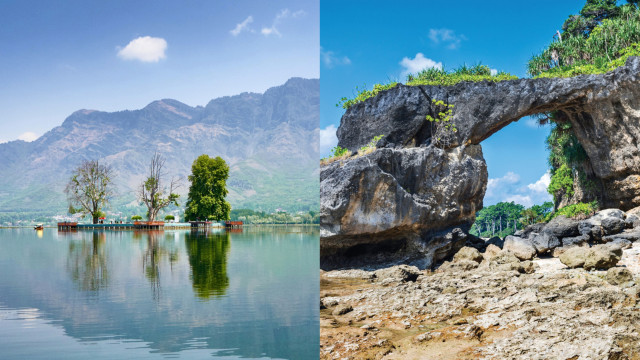



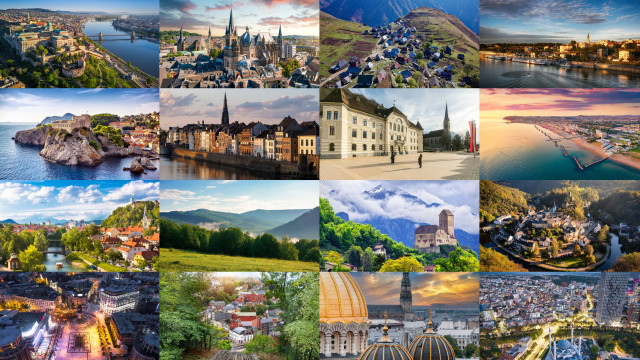
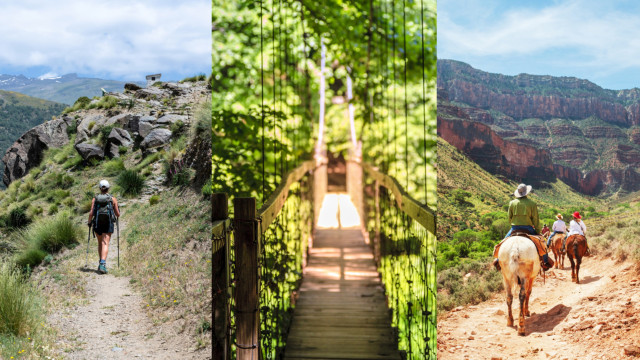



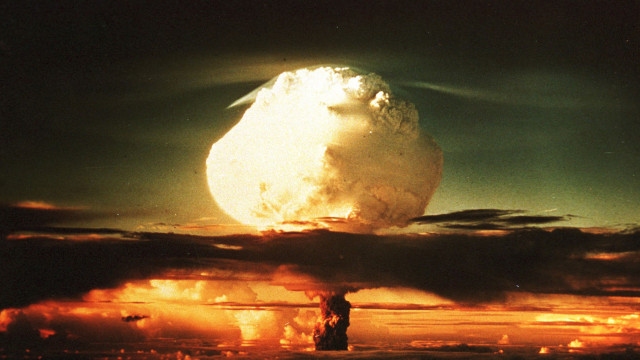






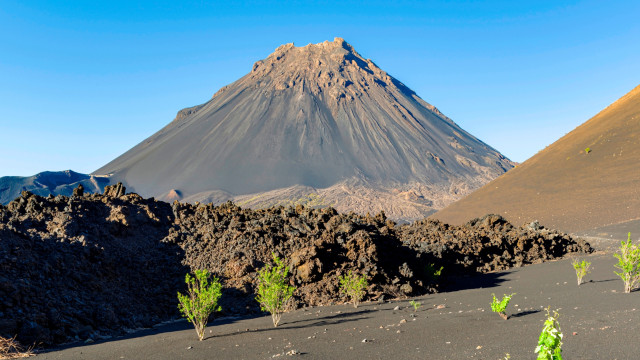
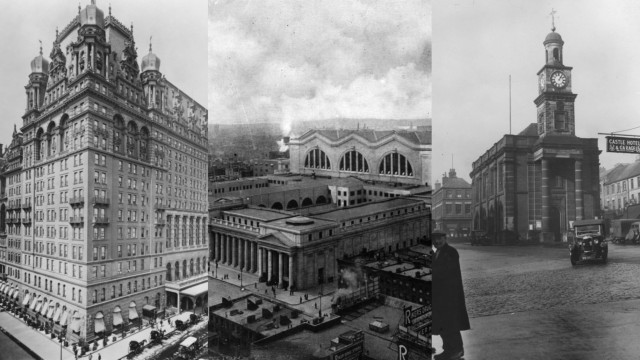
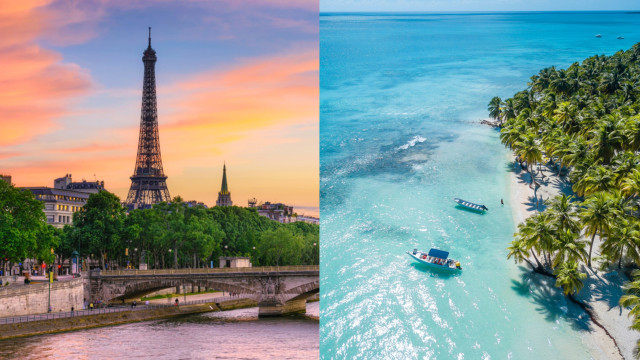

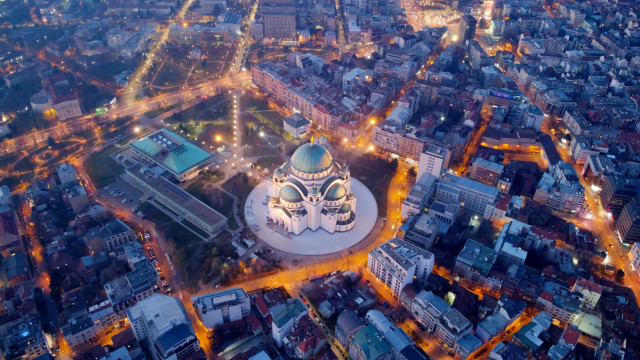
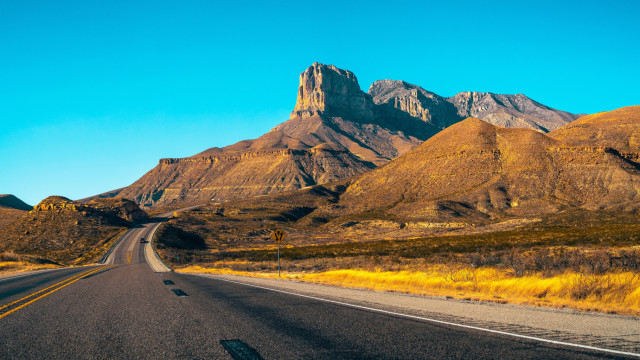


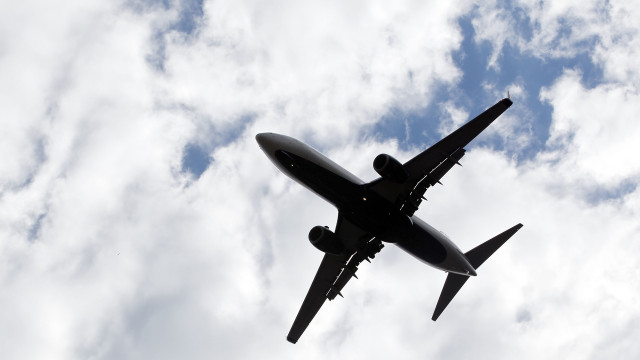



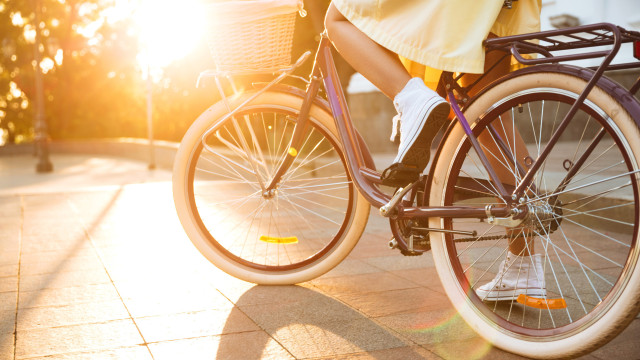
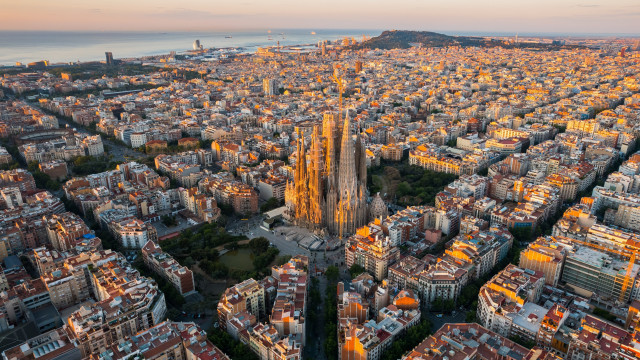




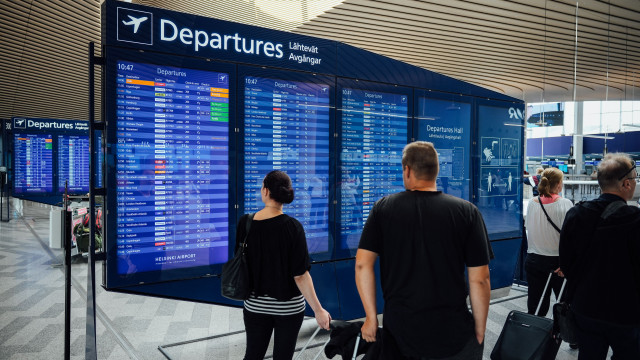
MOST READ
- Last Hour
- Last Day
- Last Week
-
1
CELEBRITY Relationships
-
2
LIFESTYLE Throwback
-
3
LIFESTYLE Catholicism
-
4
LIFESTYLE Home remedies
-
5
LIFESTYLE Putin
-
6
FOOD Fine dining
-
7
LIFESTYLE Emotions
-
8
TRAVEL Nations
-
9
LIFESTYLE History
-
10
LIFESTYLE Astrology chart








